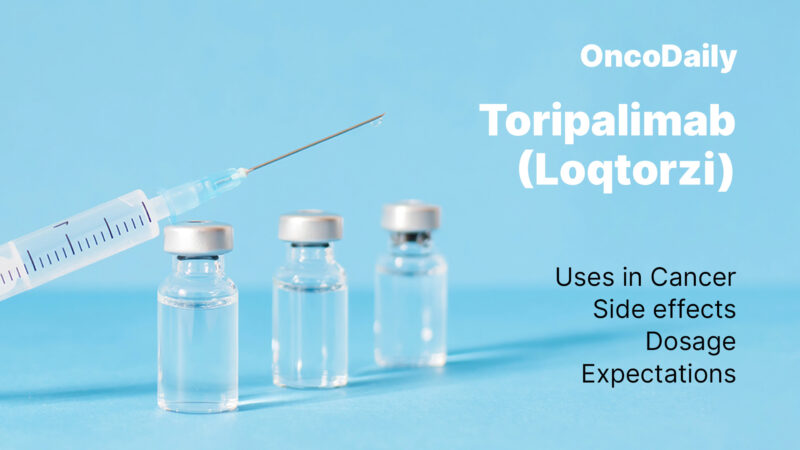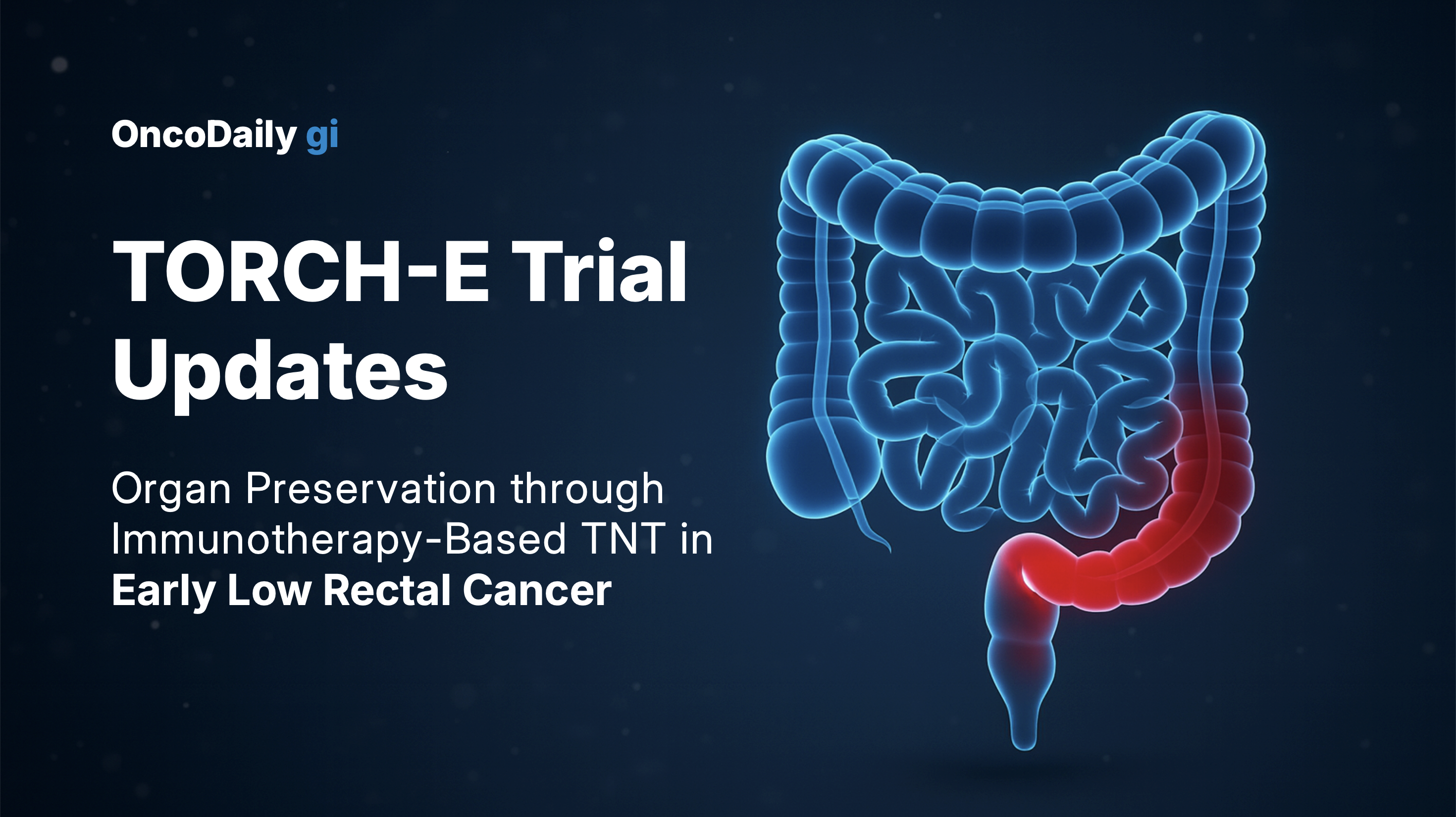Organ preservation (OP) has emerged as a desirable goal in the management of early low-lying rectal cancer, offering patients a chance to avoid radical surgery and its associated morbidity. The multicenter, open-label, phase II TORCH-E trial explored an innovative immunotherapy-based total neoadjuvant therapy (iTNT) approach designed to maximize complete response (CR) and enable organ-sparing strategies.
The study—demonstrated encouraging efficacy and manageable safety, marking a significant step toward redefining rectal-cancer care for select patients.
Study design and patient population
The TORCH-E trial enrolled patients with histologically confirmed rectal adenocarcinoma located within 5 cm of the anal verge, staged T2–T3b N0 by imaging and clinical assessment. These were early low rectal cancers where sphincter-preserving options are often limited, and where the possibility of organ preservation is especially meaningful. After eligibility, patients first received short-course radiotherapy (25 Gy in 5 fractions) to the tumour and regional field.
This was followed by four cycles of the CAPOX regimen (capecitabine + oxaliplatin) combined with the anti-PD-1 antibody toripalimab. Good responders—those achieving a clinical complete response (cCR)—were given the option of a “watch-and-wait” (WW) pathway or local excision (LE), while patients with residual disease or high-risk features after LE were advised to undergo total mesorectal excision (TME).
The trial’s primary endpoint was the complete response (CR) rate, defined as the sum of patients achieving cCR (and therefore entering WW) plus those achieving pathologic CR (pCR) on surgical specimen. Secondary endpoints included organ preservation rate (i.e., those avoiding radical surgery), adverse events, and quality of life.

You can read about Toripalimab (Loqtorzi): Uses in Cancer, Side Effects, Dosage, Expectations, and More on OncoDaily.
Results
From December 2022 to March 2024, 33 patients were enrolled, and 75.8% had T3-stage tumors. Following iTNT, 16 patients achieved a clinical complete response and proceeded with the watch-and-wait strategy.
Among those undergoing surgery, pathologic complete response (pCR) was observed in 8 of 8 patients who received local excision and in 5 of 9 patients treated with total mesorectal excision. Collectively, this corresponded to a total complete response rate of 72.7% (24 of 33 patients). The organ-preservation rate was 60.6%, confirming that a majority of patients were able to avoid radical resection.
After a median follow-up of 24.1 months, five recurrence events were documented—four local regrowths and one metastatic recurrence. All cases of local regrowth were successfully managed with salvage TME, preserving overall disease control. Treatment was well tolerated. The most frequent grade 3–4 adverse event was thrombocytopenia (27.3%). No treatment-related deaths occurred, and most immune-related toxicities were manageable with standard supportive care.
Interpretation
These results, published in Clinical Cancer Research in 2025, highlight the potential of immunotherapy-enhanced TNT to shift treatment paradigms in early low rectal cancer. By combining short-course RT, systemic chemotherapy, and checkpoint inhibition, TORCH-E achieved a response rate comparable to or exceeding conventional TNT results in more advanced disease—without compromising safety.
The findings suggest that immune-based priming can amplify tumor regression even in microsatellite-stable early rectal cancers, offering a path toward organ-sparing management and better postoperative quality of life.
Clinical Implications
The results of TORCH-E suggest that immunotherapy-enhanced total neoadjuvant therapy can safely and effectively promote organ preservation in early low rectal cancer. This approach offers patients an opportunity to maintain rectal function and avoid life-altering surgical morbidity while achieving excellent disease control. The findings warrant validation in a larger, randomized phase III trial to confirm long-term oncologic outcomes and refine patient-selection criteria.
Conclusion
The TORCH-E trial establishes a compelling foundation for the use of immunotherapy-based total neoadjuvant therapy in early low rectal cancer. With a total complete response rate of 72.7%, an organ-preservation rate of 60.6%, a median follow-up of 24.1 months, and manageable toxicity dominated by thrombocytopenia (27.3%), TORCH-E highlights the transformative potential of PD-1 blockade in reshaping the management of pMMR rectal tumors.
By combining short-course radiotherapy, chemotherapy, and immunotherapy, TORCH-E not only demonstrates feasibility but also redefines therapeutic goals—moving from radical resection toward functional cure with preserved organ integrity and quality of life.

You can read Radiotherapy for Rectal Cancer: Types, Success Rate, Side Effects And More on OncoDaily.
